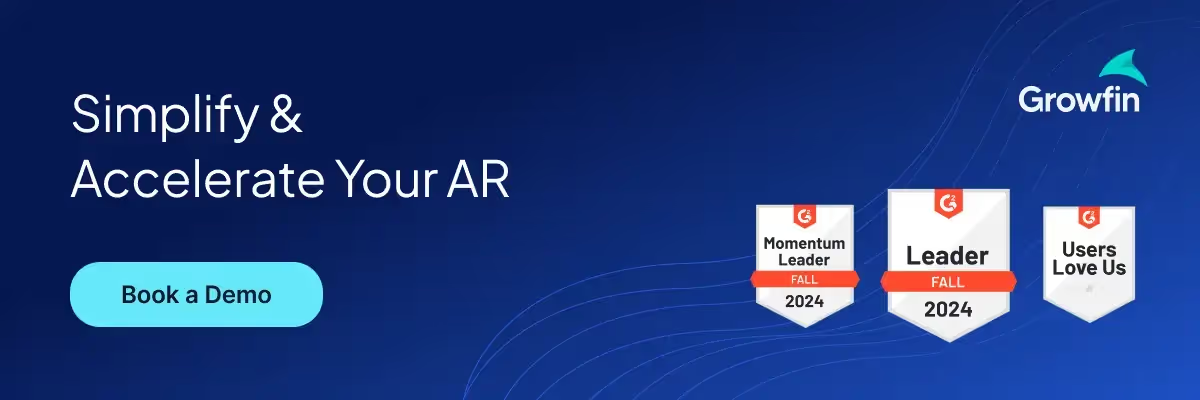How to Automatically Escalate Overdue Invoices in NetSuite
🚨 Problem: High-value or long-overdue invoices often slip through the cracks when follow-ups rely on manual tracking. By automating escalation inside NetSuite, you can ensure your team acts quickly on the most urgent receivables.
This guide walks you through setting up real-time escalation workflows using saved searches, workflows, and internal alerts.
Steps to Automate Invoice Escalation in NetSuite
Step 1: Create Saved Searches for Overdue or High-Value Invoices
Start by identifying which invoices should be escalated. You can segment them by how overdue they are or by the size of the outstanding balance. For example, you might want to flag invoices overdue by 31–60 days, those over 60 days, or any invoice with more than $10,000 due. To create these segments, go to Reports > Saved Searches > New > Transaction. Set the filters to show only open or partially paid invoices with due dates on or before your threshold (e.g., 60 days ago). Optionally, add a condition like "Amount Remaining > 10,000". Save each search with a clear, specific name like “Escalation – Over 60 Days” or “High Value Overdue.” These saved searches auto-refresh and always reflect real-time data.
Step 2: Build Workflows to Trigger Escalation Actions
Once your saved searches are ready, create workflows in NetSuite’s Workflow Manager to take action on those invoices. Go to Customization > Workflow > New, and select “Transaction” as the record type. Set the trigger type to “Scheduled” and run frequency to “Daily.” Use the saved search you created as the entry condition. Inside the workflow, set actions such as assigning the invoice to a specific collector or escalation queue, sending an internal email to notify the team, or updating a custom field like “Escalation Status” to mark the invoice as “High Priority.” These automations reduce manual oversight and keep your team on top of aging invoices.
Step 3: Set Up Internal Notification Emails
To ensure visibility, create internal email alerts triggered by the workflow. These emails should include the invoice number, customer name, original due date, and the outstanding amount. You can also add a direct link to the invoice record in NetSuite. Send the email to the assigned collector or a shared collections inbox, depending on your internal workflow. This ensures escalated invoices don’t get missed and are acted on quickly.
Step 4: Track Escalations with Dashboards or Reports
After escalation workflows are triggered, make sure your team can easily view and monitor these invoices. You can surface escalated invoices on dashboards using portlets or by creating filtered saved searches by the collector. These can show only invoices marked as “High Priority” or assigned through escalation. It’s also useful to review escalated invoices in weekly AR or collections team meetings, so leadership stays aligned on progress and any bottlenecks.
Optional Step: Add Logic for Strategic Accounts
If you have key customers or regions that require special handling, you can fine-tune your saved searches or workflow conditions. For example, you might want to escalate faster for enterprise customers, route issues by region or subsidiary, or trigger alerts when disputes are logged on invoices that are already escalated. This way, your team can focus their time where it matters most
And the best part? You can do all of it within your existing NetSuite ERP environment. This makes the escalation logic more aligned with your business.
Pro tip: Growfin integrates with NetSuite to auto-prioritize high-risk accounts, centralize follow-ups, and escalate faster without manual work.



.png)
.webp)


.webp)













.webp)







.webp)
.webp)
.webp)
.webp)